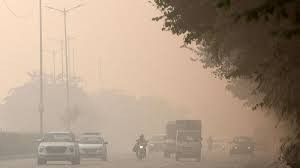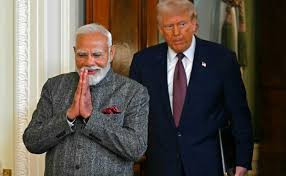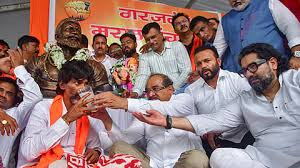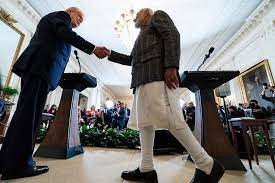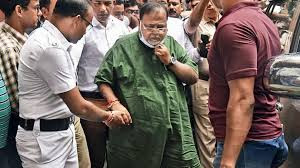Bihar Boosts ASHA and Mamta Worker Incentives Ahead of Assembly Elections
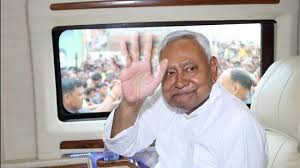
Patna, July 30, 2025 — Chief Minister Nitish Kumar today unveiled a major increase in honorariums for Bihar’s frontline rural health workforce, announcing that ASHA workers will now receive ₹3,000 per month—tripling the previous amount of ₹1,000—while Mamta workers’ delivery incentives have been doubled to ₹600 per birth, up from ₹300.
Kumar lauded these workers for their contributions, highlighting their essential role in strengthening rural healthcare since his government’s inception in November 2005. He shared the announcement via X, stating that the hike recognizes their dedication and will boost morale across service networks in villages .
The revised structure takes effect amid growing political momentum ahead of upcoming state assembly elections in October–November. Observers interpret the decision as a strategic reinforcement of voter outreach, especially toward communities directly engaged in healthcare delivery.
ASHA (Accredited Social Health Activist) workers, crucial to the National Rural Health Mission, serve as the interface between rural populations and formal health systems, while Mamta workers support maternal and neonatal care within government hospitals at the grassroots level .
Responses to the announcement have been swift. Tejashwi Yadav of the RJD claimed that he had proposed similar increases during his term as health minister, arguing that the current government is merely adopting his policies to gain political advantage. He emphasized that core welfare reforms originally stemmed from RJD initiatives, now being mirrored by the ruling coalition .
The Nitish Kumar-led administration continues to roll out a series of populist measures. Earlier this month, monthly pensions for vulnerable groups, including the elderly and widows, were raised from ₹400 to ₹1,100 per month; the ‘Bihar Patrakaar Samman’ scheme increased journalists’ stipends from ₹6,000 to ₹15,000 monthly, and widows’ benefits from ₹3,000 to ₹10,000 per month .
The government has also committed to offering 125 units of free electricity per household from August 1, affecting over 1.67 crore families. Other announcements include education job expansion, target-driven rural infrastructure spending, and steps for sanitation worker welfare, signaling a broad-based approach to voter engagement .
Healthcare experts note that while the incentive bump is welcome, challenges remain. The sustainability of these payments, workers’ workload, and integration with larger health system reforms are critical for long-term impact. With an estimated 90,000 ASHA workers and 7,500 Mamta workers operational in the state, efficient implementation and timely disbursement will determine real gains on the ground.
As the campaign season intensifies, the honorarium boost underscores the political significance attached to rural health workers—whose everyday interactions with villagers can influence perceptions of governance and welfare delivery. It also reflects a growing awareness of the vital link between frontline service and electoral politics.
With Bihar’s assembly elections drawing near, these welfare initiatives are likely to shape public discourse, framing the ruling coalition’s narrative around grassroots empowerment and social justice. The coming months may reveal whether such measures translate into electoral dividends or become fodder for political rivalries.
You might also like!


